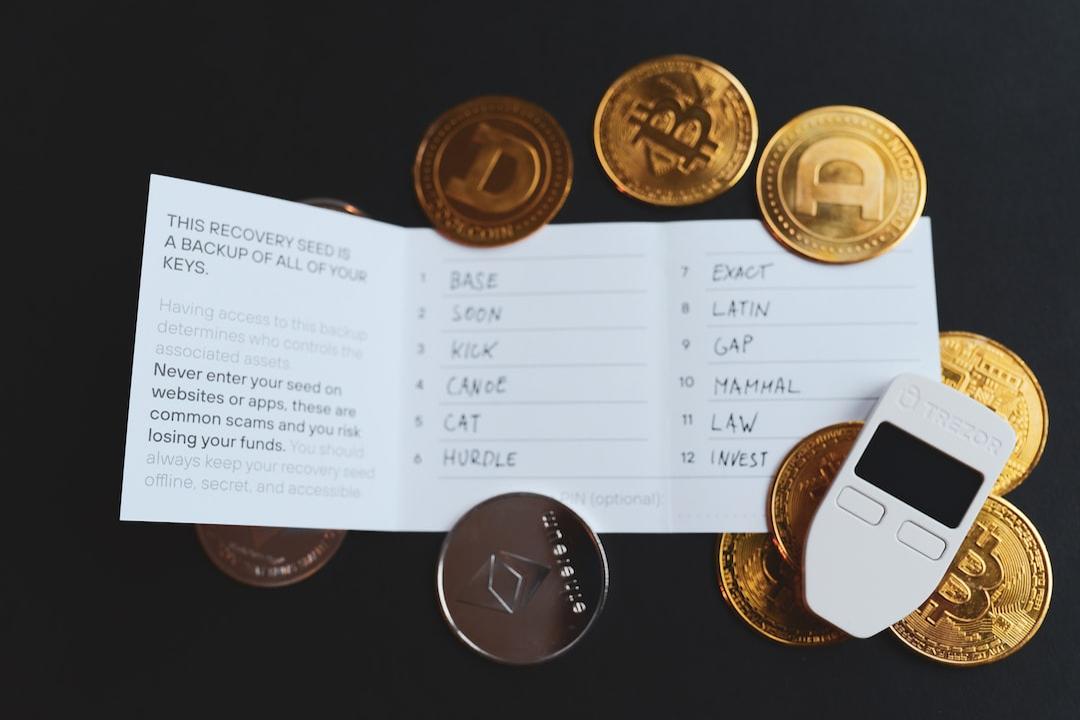The correct strategy for bottom fishing? The key lies in actively buying the dip and positioning yourself correctly. This article is sourced from cyclop’s X platform research and compiled and written by Shenzhen.
(Background: CryptoQuant: Bitcoin miner selling pressure sharply reduced! BTC begins new uptrend in Q3)
Table of Contents
1. Avoid High-Risk Operations
2. Stablecoins
3. Without funds for buying the dip, find a Web3 job
4. Enhance your skills during market boredom
About buying the dip
When should you buy?
Buying and repairing
What should you buy?
How to buy?
But specifically, when to buy?
Conclusion
True wealth is created during consolidation phases, like now. Yet, no one explains how to profit from it—everyone just says “buy the dip” without sharing specifics. This tweet will be your manual to maximize downturn opportunities.

We’re currently in a consolidation period where survival is key; those who achieve this will excel in this bull market cycle. The key lies in actively buying the dip and positioning yourself correctly. Below is my ultimate manual to guide you in achieving this.
During such consolidation, taking on significant risks could lead to heavy losses in your investment portfolio. So, limit high-risk operations to within 3% of your portfolio and preferably focus on low/medium-risk operations.

Allocate 30% to 60% of your investment portfolio into stablecoins—they help reduce volatility and enable you to buy the dip at the right time.
If you lack funds to build positions, find a Web3 job. These periods typically last 4-6 months, providing ample time to build a minimal investment portfolio, especially with numerous job opportunities currently available.

This is the difference between winners and losers. Those who research during market boredom and actively learn new things will stand out in this cycle. Here are some skills:
Programming
Video editing
Copywriting

This means buying at the lowest possible price, but there’s a catch: how do you predict the lowest price? The answer is simple: no one can predict it. But through strategy, we can get as close as possible to the lowest price.
To buy the dip as close as possible, you need answers to these three questions:
When do you need to buy?
What do you need to buy?
How do you buy?
Let’s delve deeper.
The typical pattern of all bull markets is: halving -> 18 months -> all-time high (ATH). We can divide the entire cycle into:
Phase 1 – Buying
Phase 2 – Repairing
Here’s an approximate chart including these phases:

Phase 1 – Buying season during the downturn, usually lasting 14 months. Our task is to accumulate positions.
Phase 2 – Market nears peak, and we start locking in profits.
To maximize profits, we need to find undervalued altcoins. But remember the risks:
High market cap = Low risk
Low to mid-market cap = High risk
Choose based on your risk management and portfolio.

Undervalued altcoins are often in the price discovery phase, whether they’re high or low market cap assets. You can also increase your positions in $BTC/$ETH to reduce portfolio volatility.
Buying the dip is a complex process. We shouldn’t invest all our money at once in a token, as we might not catch the absolute bottom (prices might continue to fall). This is why we use a Cost-Averaging Strategy to make purchases.
Let me explain.

Cost-Averaging Strategy simply means buying in batches to achieve a lower average purchase price.
For example, with a $1,000 portfolio:
First purchase – $100
Second purchase – $200
Third purchase – $300
Fourth purchase – $400
You can adjust these amounts based on your situation.

The simplest method is to buy each time $BTC drops 5-7%, noting that altcoins may drop 10-15% during these times.
Again, you can freely adjust the percentages according to your strategy.

Check if it’s a good time to buy the dip and if altcoins are still undervalued, then use the cost-averaging strategy:
BTC -5% = Buy $100
BTC -5% = Buy $200
BTC -5% = Buy $300
BTC -5% = Buy $400
This way, you effectively buy the dip.

Related Reports
Probability of rate cut in September rises! US May PCE data meets expectations “Inflation slows,” why is Bitcoin indifferent?
Analyzing Bitcoin’s adoption curve: BTC expected to compete equally with the dollar by 2030?
“Satoshis cohort miners” dormant for 14 years cash out BTC profits exceeding 1 million times, Bitcoin holds steady at the sixty thousand mark


